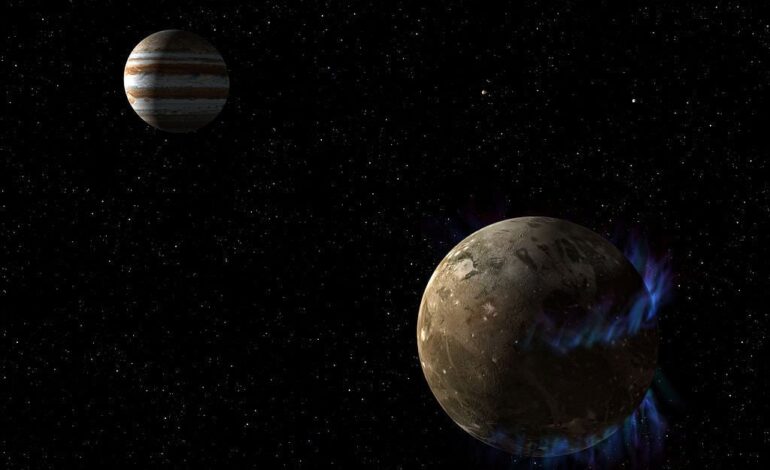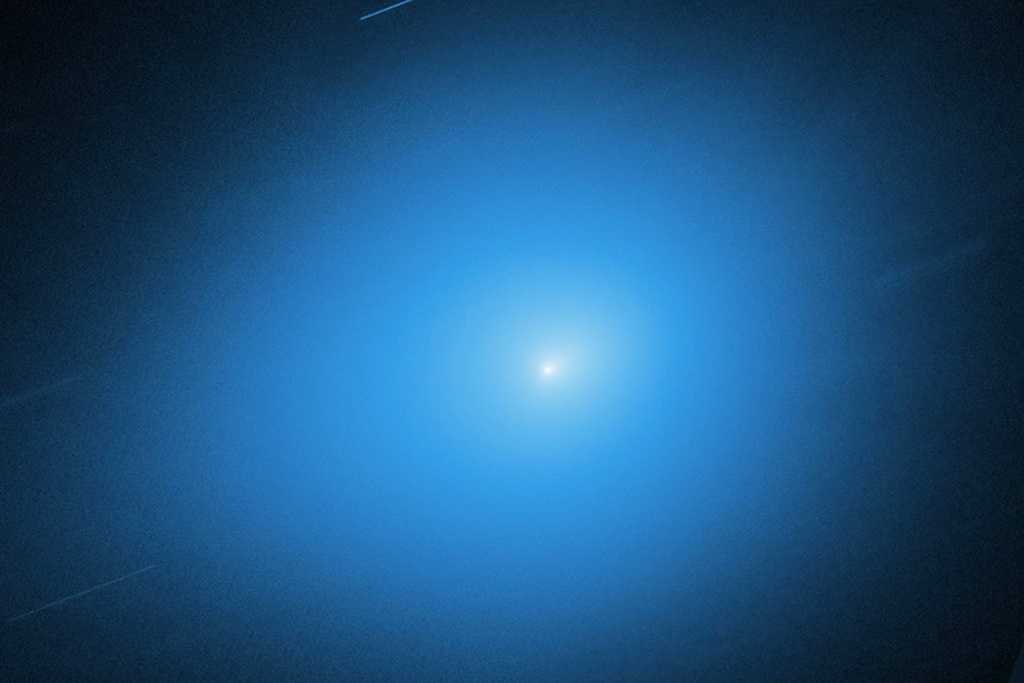New Insights on the Formation of Jupiter’s Galilean Moons

Recent research from the University of Bern has shed light on the formation of Jupiter’s Galilean moons, a subject that remains less understood compared to planetary formation. In a new book chapter by Yuhito Shibaike and Yann Alibert, the authors explore the differing theories surrounding the origins of these significant celestial bodies. Their findings suggest a complex process that is distinct from how planets are formed.
The Galilean moons—Io, Europa, Ganymede, and Callisto—are part of what scientists refer to as the circum-Jovian disc (CJD). This disc functions similarly to the circum-stellar disc (CSD) that surrounds the Sun but is centered around Jupiter. While Jupiter hosts over 93 moons, the formation mechanisms for the Galilean moons could differ due to various factors, particularly size.
According to the research, there are notable differences between how planets and moons form. Moon formation occurs on a much quicker timeline, estimated to be around 10 to 100 times faster than the formation of planets. The CJD is constantly interacting with material from the CSD, gaining and losing mass as it evolves. Additionally, there are relatively few examples of large moon systems, with Jupiter and Saturn being the primary ones in our solar system.
The authors outline a three-step process for the formation of the CJD. The first phase involves the initial creation of the disc, which consists of gas, dust, and moons. This concept was supported by a “minimum mass model” from the 1980s, which posited that the disc contained a mass comparable to the Galilean moons. A subsequent theory in 2002 proposed that the CJD is a “gas-starved disc,” implying it was initially low in material but received additional mass through gravitational capture from the CSD. This gravitational interaction is believed to have been crucial in the formation of the Galilean moons.
The second phase includes the gravitational dynamics within the CJD. Jupiter, being the largest planet, effectively clears its orbital path. This process complicates the accretion of moons, as small particles must navigate the gravitational forces without being disrupted. Researchers suggest that smaller dust particles could enter the CJD without interference from Jupiter, although the efficiency of this mechanism remains debated. Another theory posits “planetesimal capture,” where Jupiter’s gravity may have trapped larger bodies that could have formed into planets, ultimately becoming moons instead.
There are unique characteristics among the Galilean moons that may provide insights into their formation. For instance, Callisto does not resonate with Jupiter in the same way as its counterparts. This discrepancy raises questions about whether Callisto formed under different conditions or experienced significant impacts that altered its trajectory. Furthermore, Callisto’s partial differentiation—having a distinct core, mantle, and outer shell—contrasts with the more differentiated structures of Io, Europa, and Ganymede. Some models suggest that Callisto’s formation is still in progress and may eventually resemble its neighboring moons more closely.
The quest to understand these complex processes continues, with the upcoming Jupiter Icy Moon Explorer (JUICE) mission poised to provide critical data. This mission could enhance our understanding of the Galilean moons, although it will only yield a limited amount of information. Until advances in exoplanet research enable the detection of exomoons with greater frequency, many theories regarding moon formation will remain largely speculative.
As researchers continue to investigate these celestial phenomena, they aim to unravel the mysteries surrounding the formation of large moon systems. The insights gained will not only deepen our understanding of Jupiter’s moons but could also illuminate aspects of our own solar system’s history.






